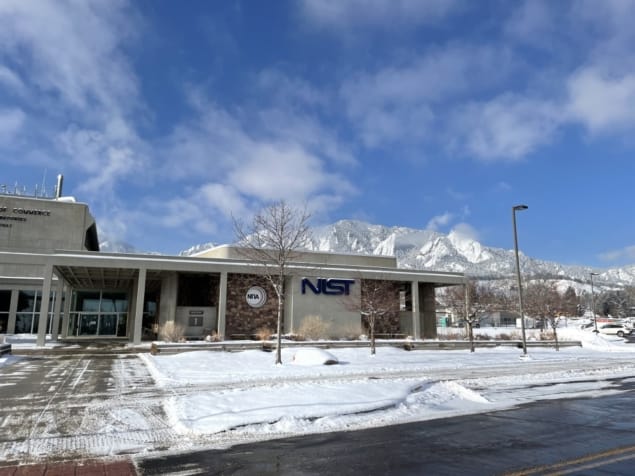
Labs belonging to the National Institute of Standards and Technology (NIST) are in such a bad state that it is “severely” compromising the agency’s ability to function. That is the conclusion of a report by the US National Academies of Sciences, Engineering, and Medicine, which finds that roughly two-thirds of NIST’s facilities in Maryland and Colorado fail to meet acceptable standards for building conditions.
NIST, which is part of the US Department of Commerce, has a stellar record of achievement with work at its labs having so far led to five physics Nobel prizes. Yet the 189-page report, which calls NIST a “national treasure”, says that the demands of precision measurements have outpaced NIST’s facilities, some of which date back 60 and 70 years. This, the reports says, is causing “significant impairment” to NIST’s work.
In one lab in Boulder, for example, humidity is so low that the resulting static charge makes it impossible for researchers to operate a key instrument in winter. In another, leaks and floods have destroyed instruments and forced the agency to abandon a basement room that was used for research on quantum computing.
During bad weather, scientists have sometimes even had to spend nights in their labs to prevent power outages, which would otherwise result in weeks of lost work. In another example, the report cites the work of John Teufel at NIST Boulder and colleagues whose work on quantum entanglement of microresonators was delayed by about 18 months due to poor lab conditions. After moving to a more modern lab at NIST, Teufel and team completed their research, which later led to them sharing Physics World’s 2021 Breakthrough of the Year.
More money
Structural engineer Ross Corotis from the University of Colorado, Boulder, who led the 12-strong panel that wrote the report, says it is “unlikely” that the track record of excellence will continue within NIST’s deteriorating facilities. “A sizeable investment in recovery of NIST’s facilities and capabilities is essential if it is to maintain its critical and unique role in the innovation ecosystem, and help the nation face current and coming challenges,” he adds. Concerns raised over NIST security breaches
The panel endorses a draft NIST plan that calls on the US Congress to provide an extra $300–400m in annual funding for the next decade. The report, however, says that an additional $120–150m will be needed each year over the same period to prevent further deterioration and obsolescence of the institute’s infrastructure.
“We appreciate the time and effort the committee dedicated to reviewing our facilities and the negative impact their current conditions have on NIST’s work,” notes a NIST statement. “Modern facilities are vital to NIST achieving its mission to ensure the global competitiveness of US companies, as well as the health and safety of Americans.”



